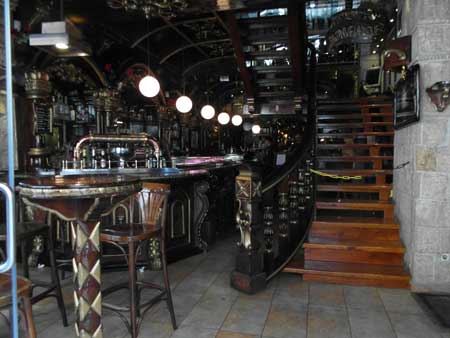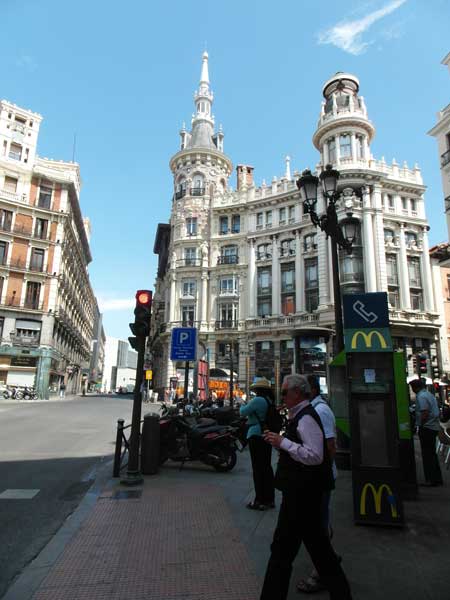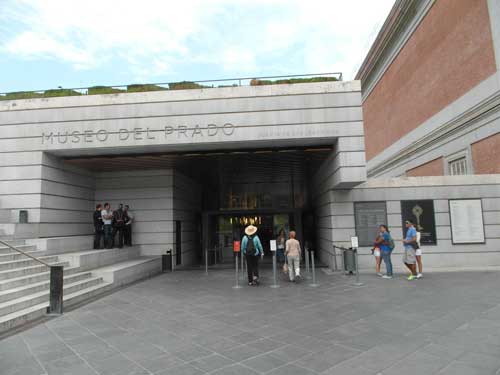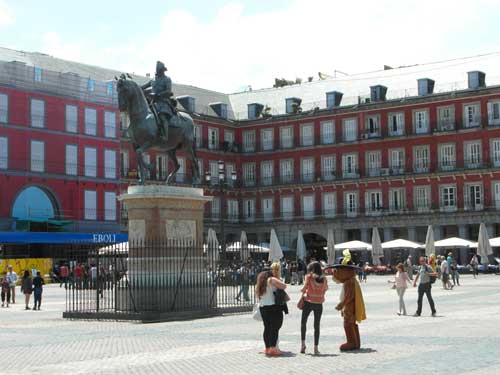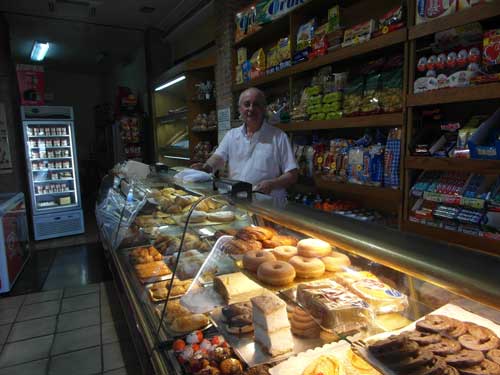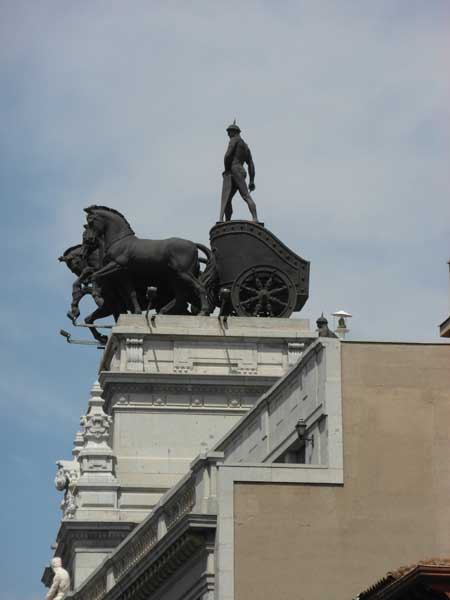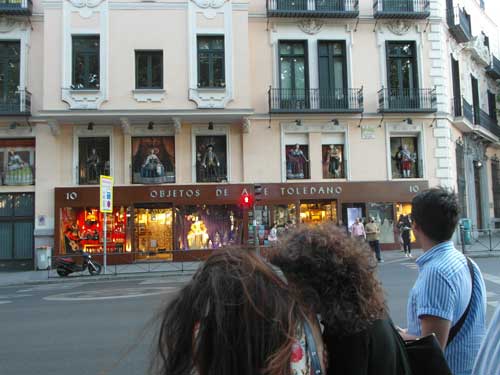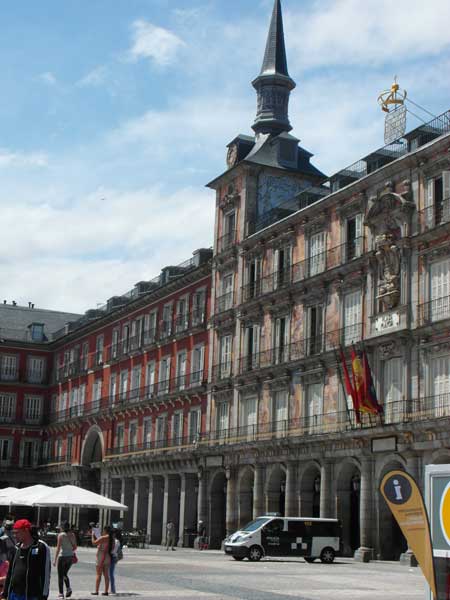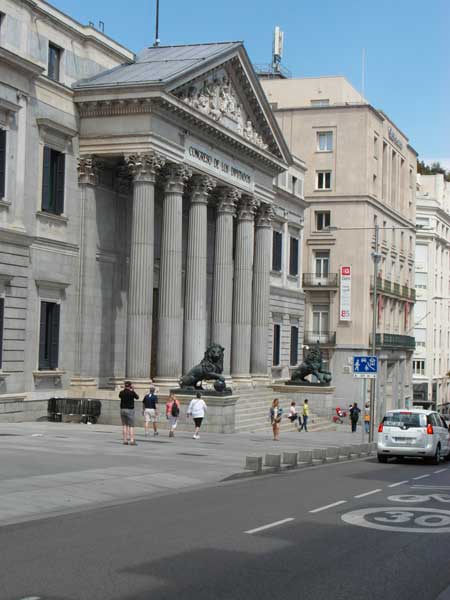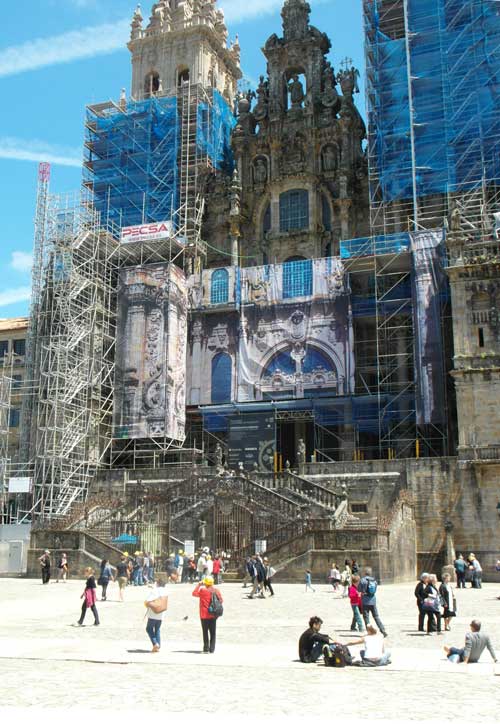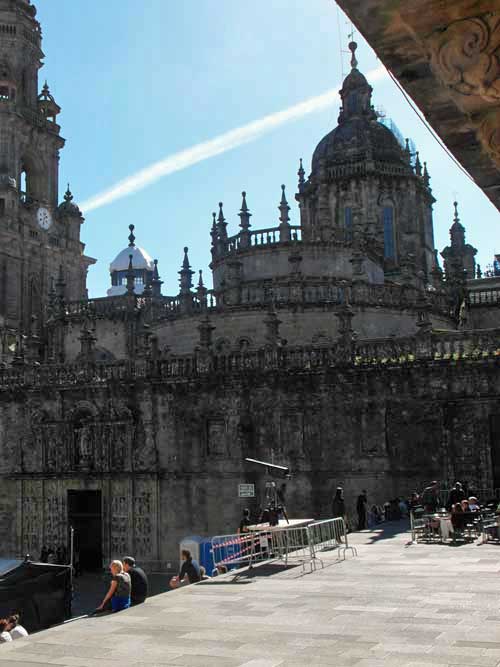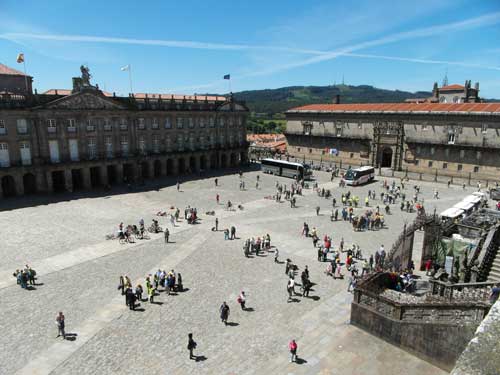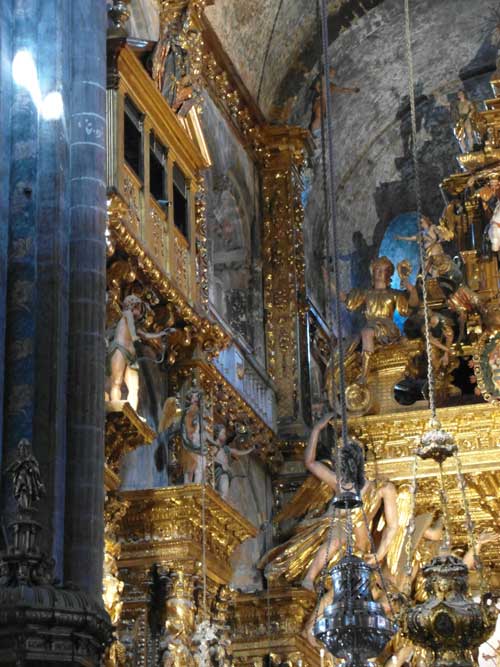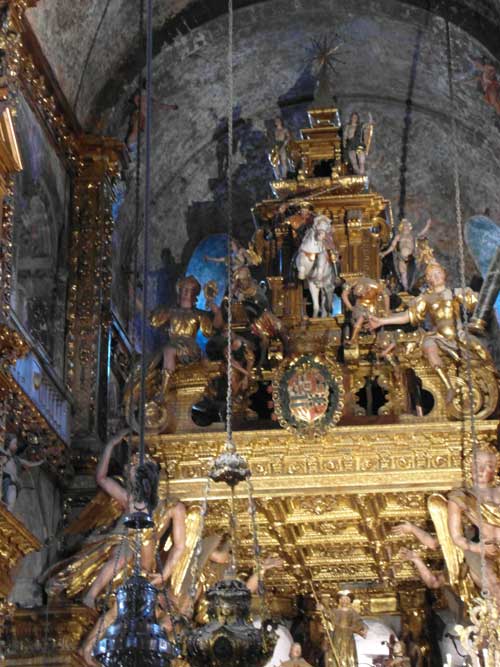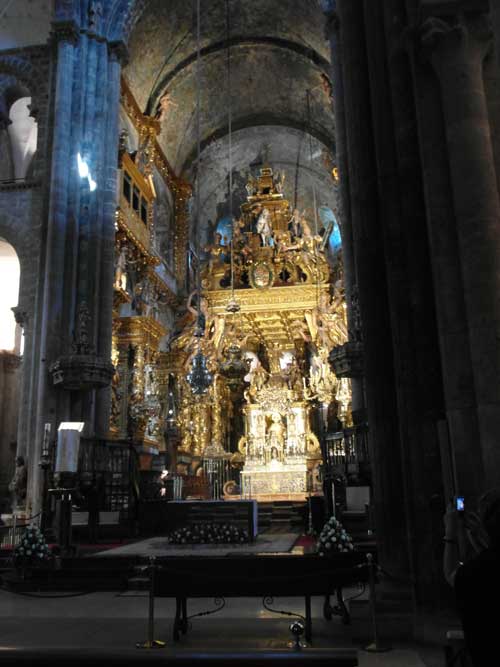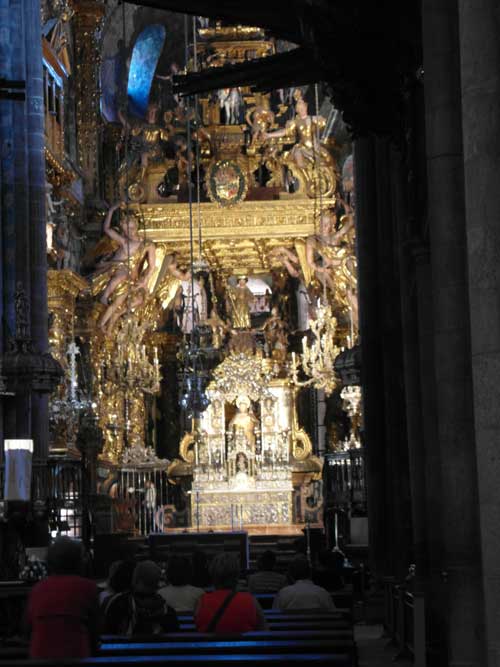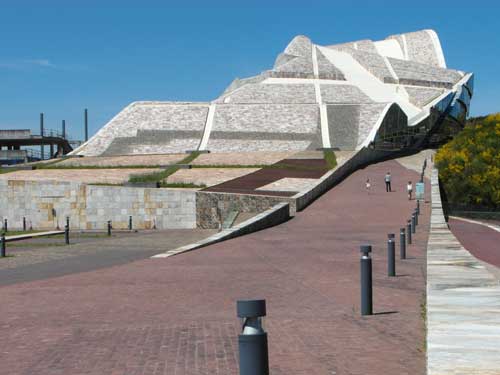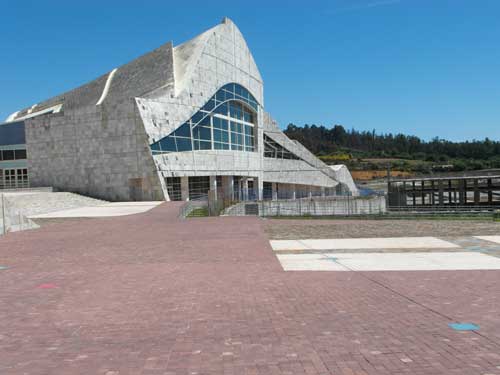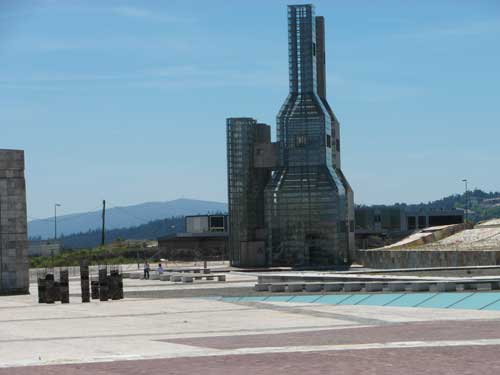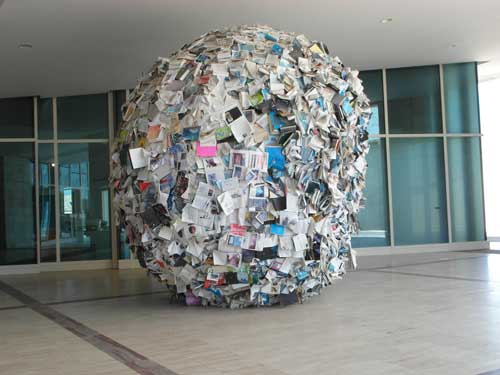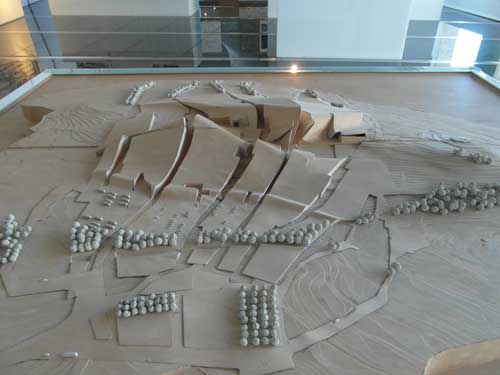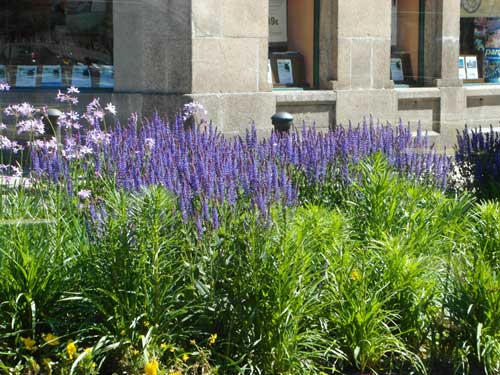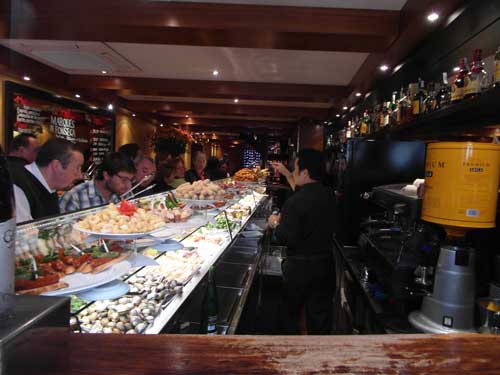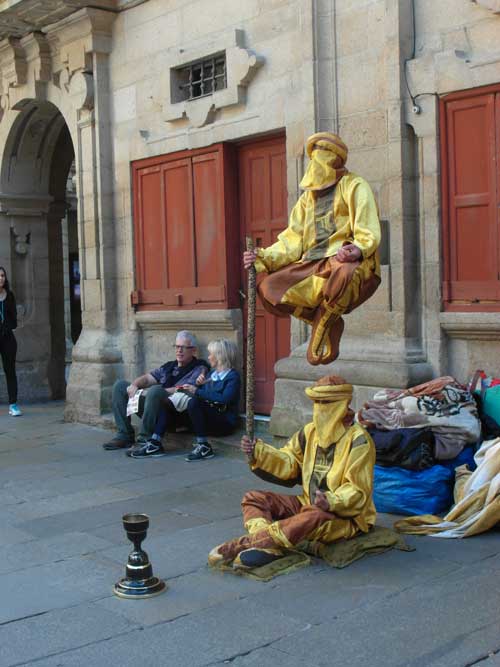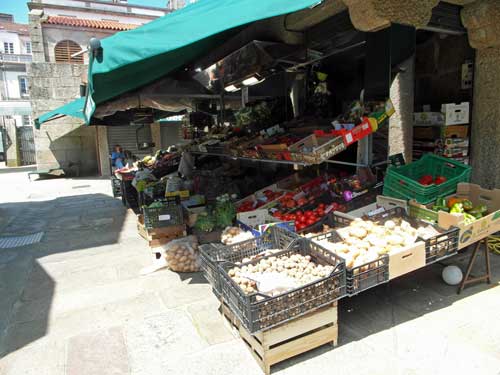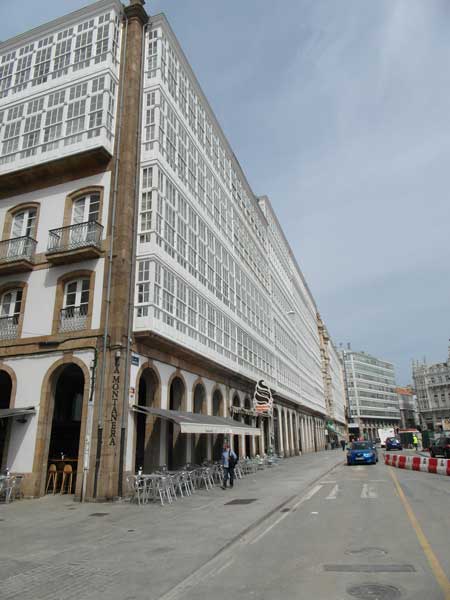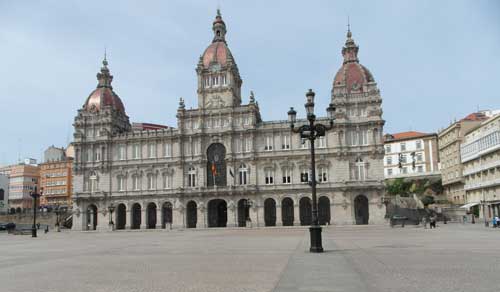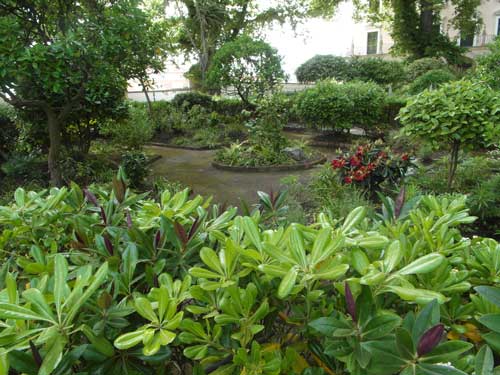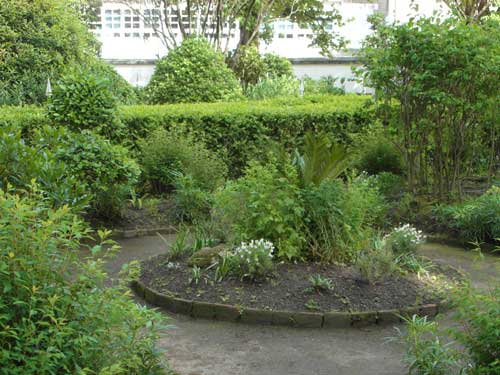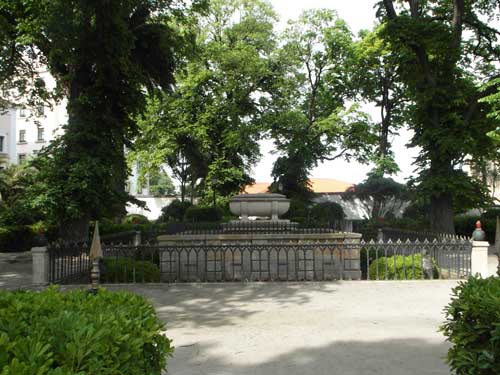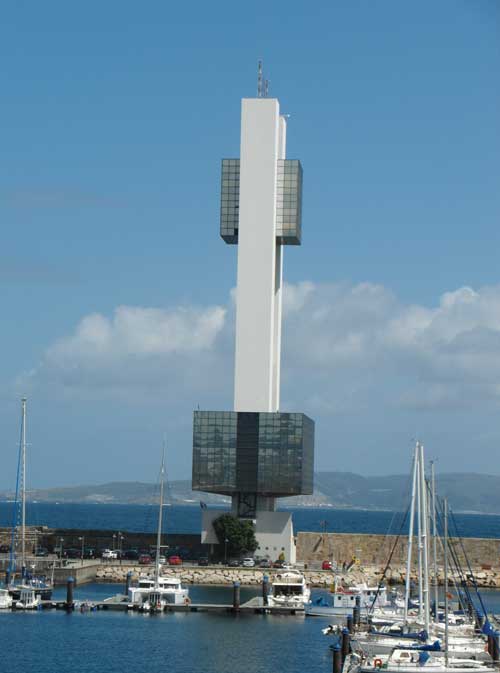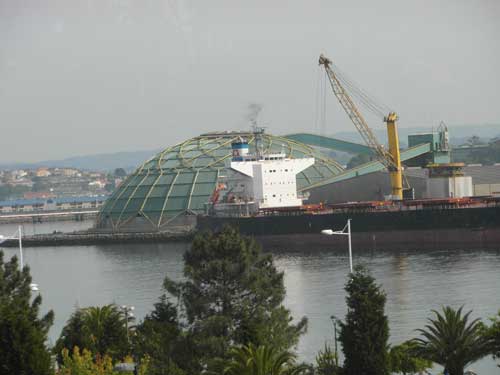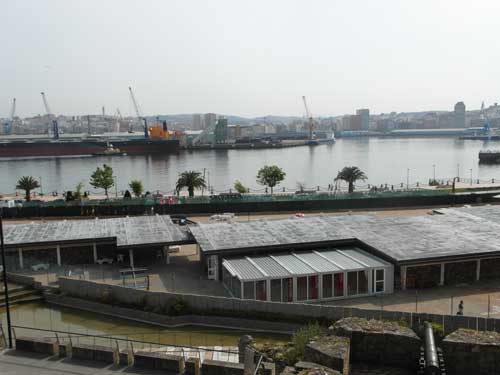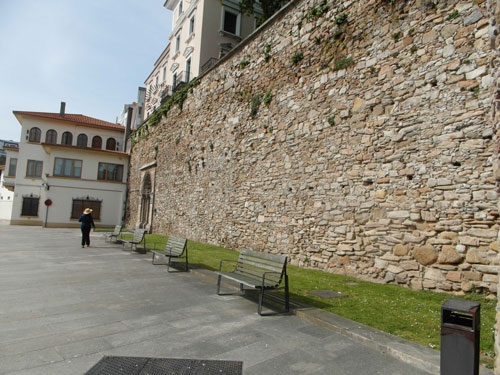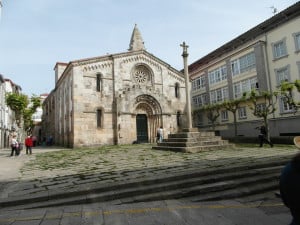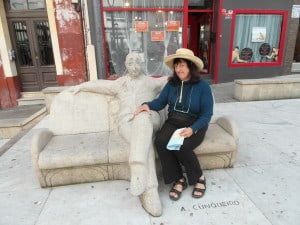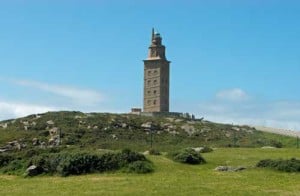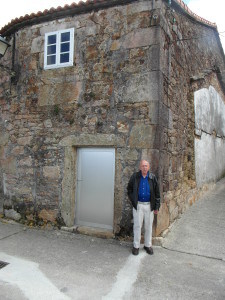Text by Judy J. Pinegar, Pictures by John J. O’Dell
“The Way” or the Camino de Santiago has been used for over 1000 years for pilgrims to get to Santiago de Compostela, the tomb of Saint James the Apostle. Although there are many “caminos” or paths to get there, the most frequently used is the path from France, 783 Kilometers (486 miles) across all of northern Spain to Santiago de Compostela. John and I met one of those people, Cody from Louisiana, and shared several hours (on a train from Santiago to Madrid) talking about his month long experience. He walked the whole way, after training for three months in Colorado, because with this trip you have to cross the Pyrenees Mountains.
A 13th century poet wrote “The door is open to all, sick and healthy, not only to Catholics, but also to pagans, Jews, heretics and vagabonds.” There are many places to stay along the way where people charge 5 or 10 euros for food, a place to stay, a shower and laundry services. Cody said there were often 3 or 4 languages at a table for 12 people! Carrying a walking stick with an attached scallop shell, it is now more popular as a personal or spiritual journey of discovery, rather than one primarily motivated by religion, an average of 150,000 pilgrims a year make the journey today. If you walk at least 100 kilometers (62 miles) you get a ” Compostela” certificate and there is also a passport in which you put the stickers you accumulate along the way.
Needless to say, John and I have no stickers or certificates, but the church and the city are beautiful and very old. Sometime in the 9th century a religious hermit, following a shining star unearthed the tomb of the Apostle James in the woods, and after it being confirmed by a local Bishop, the Spanish King and eventually the Pope, pilgrimages began, and today a grand Cathedral stands in the spot, built piecemeal over several centuries it is a mix of Romanesque with baroque and Gothic flourishes. The biggest part was built in 1075 to 1211, with the tops and flourishes added later, then an 18th century facade was added (we didn’t see it as it was being refurbished), you may see the netting in some of the pictures of the outside.
After taking the tour of the Cathedral and it’s museums, we also saw a very mysterious street act, where one man appears to be holding another man in the air with his staff, only two (one of each) of their hand are on the staff…. what do you think?? Then a trip on the tourist bus and another day to the huge Ciudad de Cultura de Galicia (the area which contains both this city an A Coruna) which has lots of symbolism: the overall shape resembles a giant stone wave sliced into sections, the footprint in the vague shape of a scallop shell, or the shape of the old city portion of Santiago de Compostella. On this site, we visited the museum, the largest library I have ever seen, and a display of the architectural designs for the site. Although the project was started in 1991, the first two buildings were opened in 2011, with another added in 2012, and at least three more are planned. Currently work has stopped for lack of money.
Then there are pictures of some of the tapas available for sale, some of the streets and buildings, flowers and a big fruit and vegetable stand in the city… after two days we left for Madrid via the train.
Help keep this blog going
Call or write today for all your real estate needs
John J. O’Dell Realtor® GRI
O’Dell Realty
(530) 263-1091
BRE#00669941
Error: Contact form not found.
